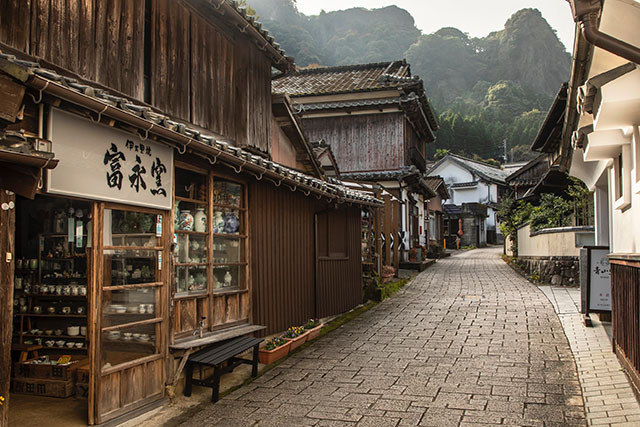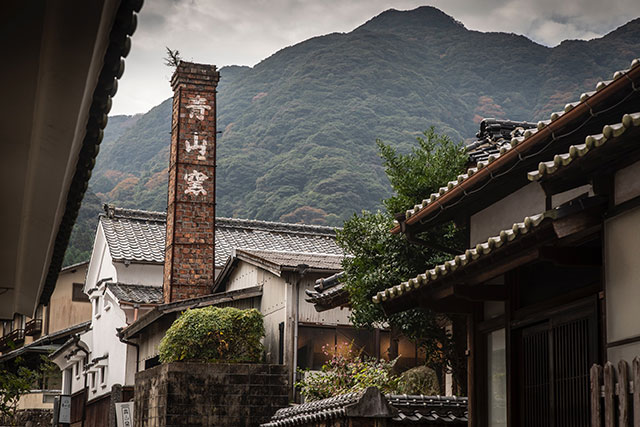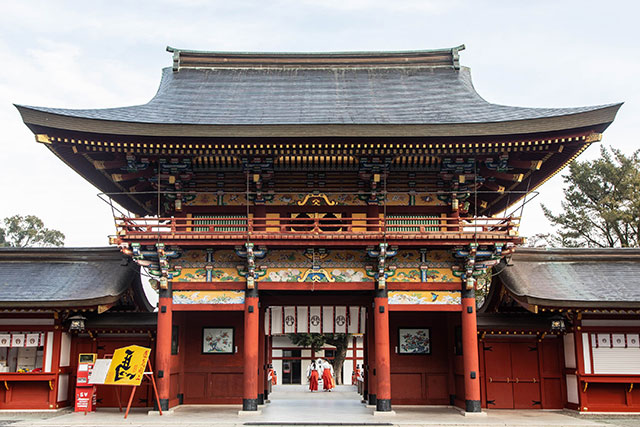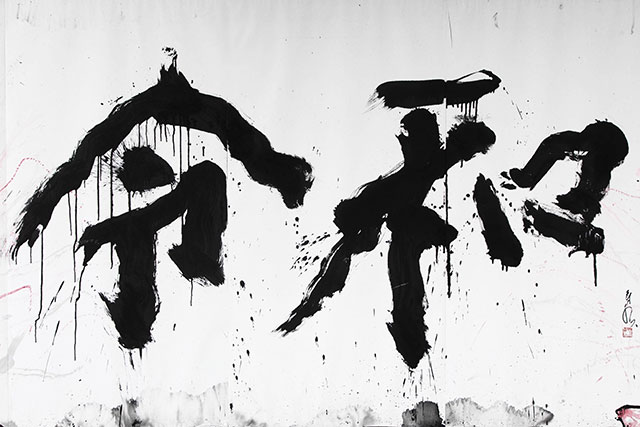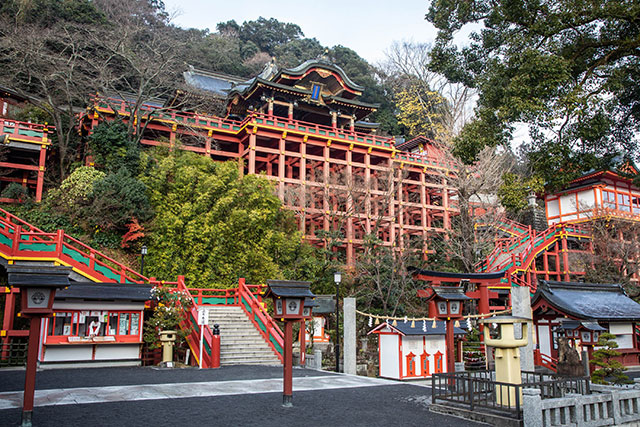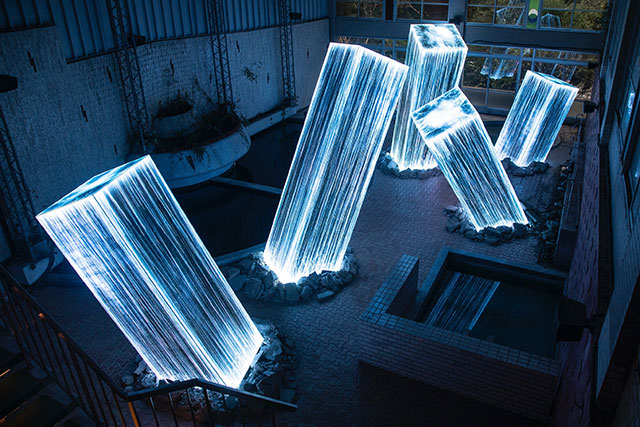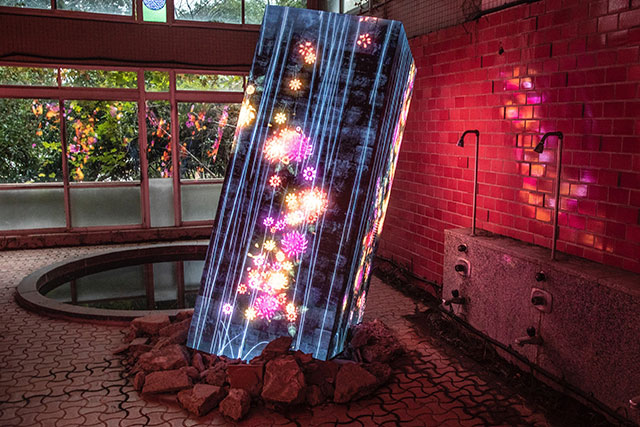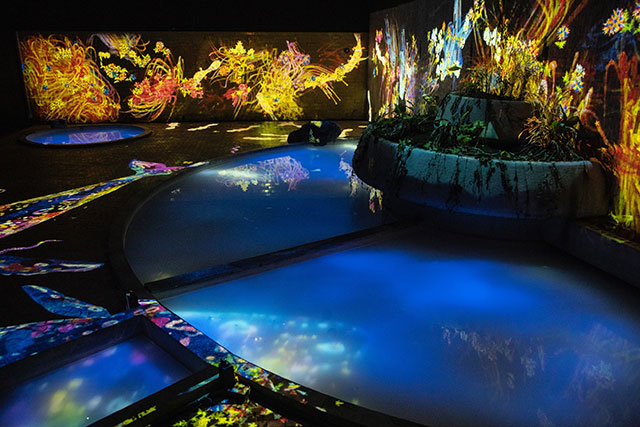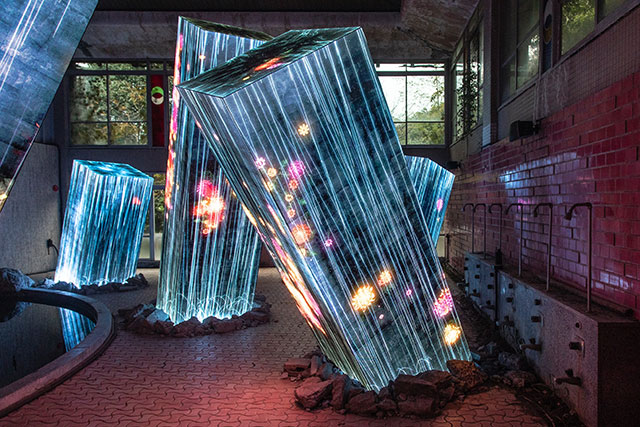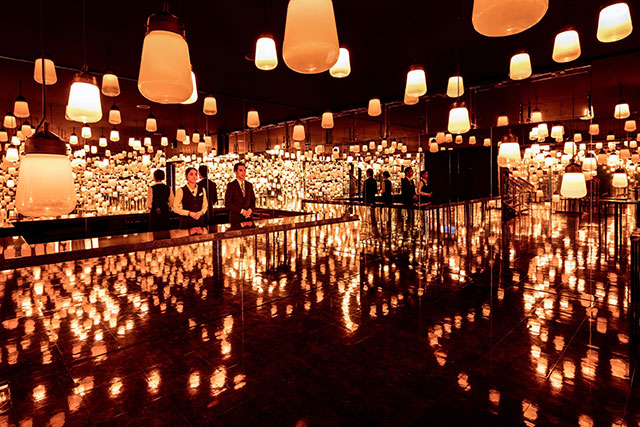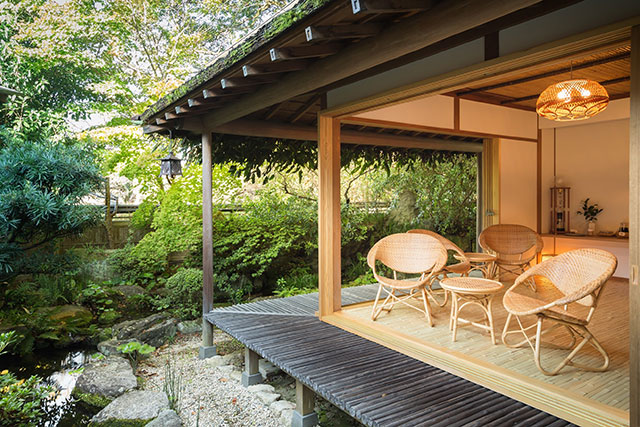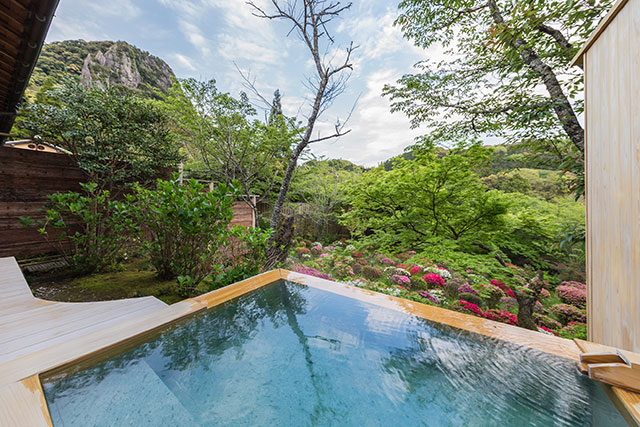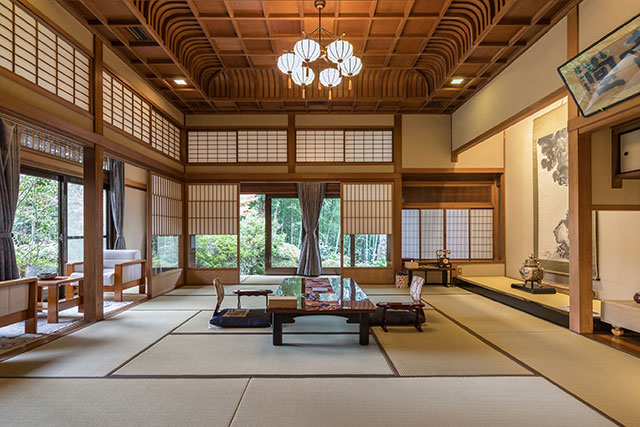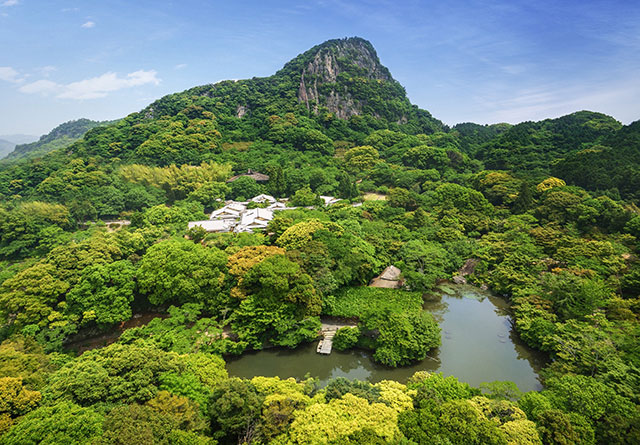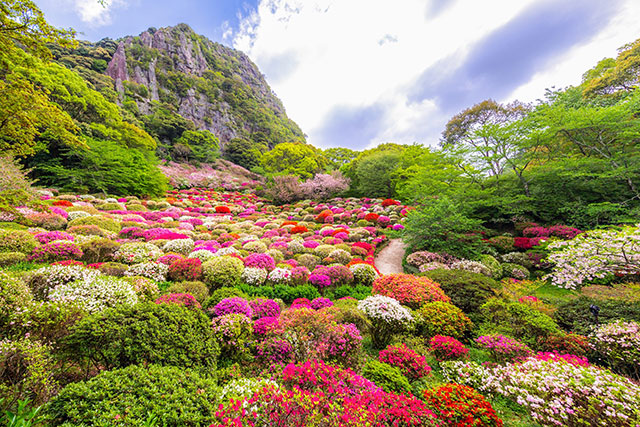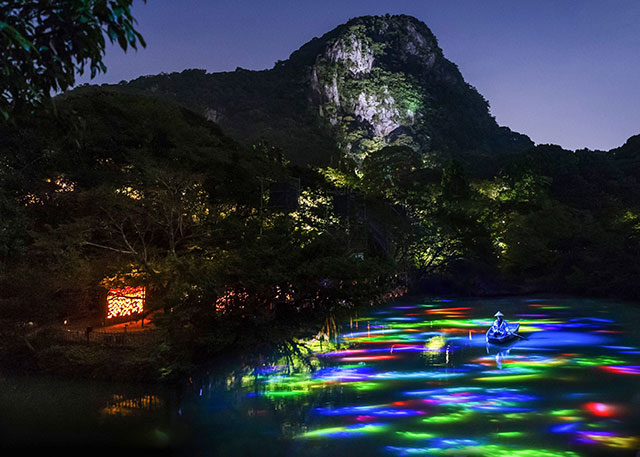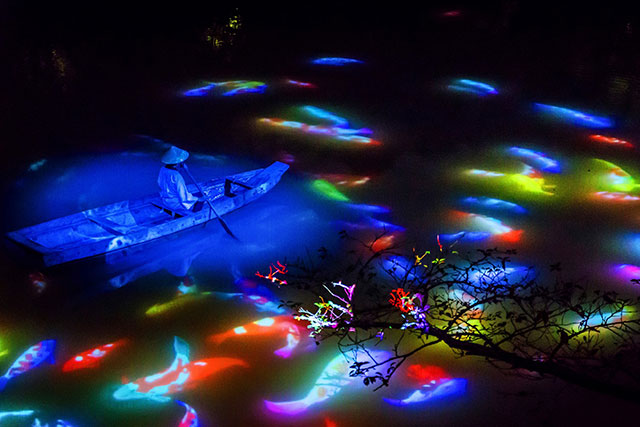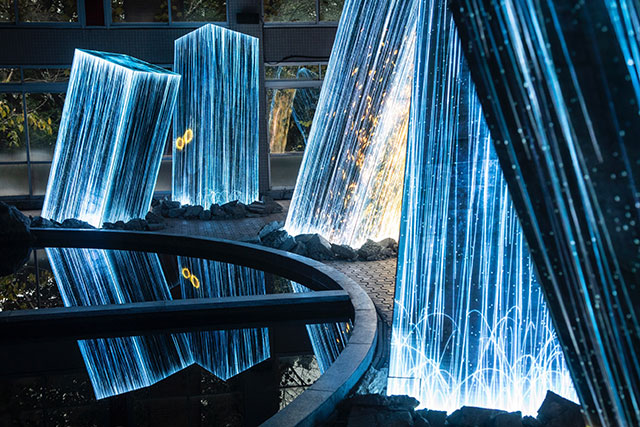
Photography enthusiasts who visit Japan often leave feeling more than satisfied with their trip, due to the sheer amount of photogenic hotspots there are to discover, shoot and share with friends back home, and followers in the virtual world of social media. And Saga on the southern island of Kyushu is no exception.
With a plethora of culturally interesting and aesthetically pleasing locations to discover, most photographers who find themselves this far south leave content with what the prefecture has to offer in terms of subject matter and variety.
In this article we will introduce you to a few of our favorite photo locations around Saga Prefecture, with hints and tips on how to get the most out of each spot.
-
01
Kaichu Torii
We will start over on the southeast side at “Kaichu Torii”, a set of three vermillion red gates (similar to the ones usually seen at the entrance to Shinto Shrines) just off the coast in the town of Tara.
Legend has it that these gates were first constructed around 300 years ago by a magistrate who was lead to an island out at sea by villagers who didn’t much like him. Once they arrived at the island they abandoned him and headed back to the shore by boat. As hightide came, the island began to disappear beneath the surface of the water, the magistrate who was desperate for help prayed to the gods that he wouldn’t drown there and then. These prayers were swiftly answered in the form of a big fish that arose from the waters and guided him back to the safety of the shore. It is believed the magistrate then built these gates to honor the fish and its good will.
The gates have been repurposed every thirty years by local villagers ever since, and they make for an excellent subject matter. The most popular time to visit is at hightide when the legs of the gates are completely surrounded by water, but visiting at any time allows for interesting photographic opportunities that change quite drastically depending on the height of the water. We suggest equipping yourself with a tripod and ND filter to allow for some nice long exposure shots at hightide. You’ll often find other photographers at this spot during hightide on a nice clear day.![All three gates seen from the shore a little after hightide with the rocks in the shallow waters showing as the tide recedes]()
All three gates seen from the shore a little after hightide with the rocks in the shallow waters showing as the tide recedes
![A popular shot here is to cut the first gate out by using a longer focal length when shooting, this was taken from the exact same spot as the photo above]()
A popular shot here is to cut the first gate out by using a longer focal length when shooting, this was taken from the exact same spot as the photo above
An added bonus about this place is the fact that the torii gates are located just a few meters from another nice, but not-so-popular photo spot, a shallow concrete pier that protrudes into the ocean allowing fishermen to access boats that were moored at low-tide. Because the fishermen are usually working all hours of the day including the very early morning and late evening, the pier is lined with streetlamps to allow good visibility during the cold winter months. The image of a line of street lamps making their way into the ocean is not only an unusual one, but also makes for some interesting photos that play on themes of perspective and composition.
![A lone fishing boat sits out at sea at hightide]()
A lone fishing boat sits out at sea at hightide
![Shooting this location looks great during both the daytime and nighttime hours, flipping your image in post also allows for some fun compositional images!]()
Shooting this location looks great during both the daytime and nighttime hours, flipping your image in post also allows for some fun compositional images!
- 大魚神社・海中鳥居
-
-
- 佐賀県藤津郡太良町大字多良1874-9地内
-
-
-
- 0954670065
-
View All
-
02
Kashima-shi Hama-cho
Roughky ten kilometers up the road from the Kaichu Torii gates is the sleepy town of Hama-cho, a once bustling community that made its riches from sake brewing during the Edo period. Although a couple of sake breweries still remain, the majority of them have long closed leaving behind empty brewhouses that have been repurposed and are being used in different ways. These buildings alongside a handful of ex Samurai houses make up a nice stretch of “old town”, that has plenty of photographic potential.
![The streets of Hama-cho are lined with old brewhouses and the homes of former Samurai]()
The streets of Hama-cho are lined with old brewhouses and the homes of former Samurai
![Arriving in the early morning allows for some nice light and shadow formations as the early morning sun manages to squeeze through small gaps in the narrow terraced-streets]()
Arriving in the early morning allows for some nice light and shadow formations as the early morning sun manages to squeeze through small gaps in the narrow terraced-streets
![The old town has managed to retain an excellent feel of Edo period Japan]()
The old town has managed to retain an excellent feel of Edo period Japan
![Lots of little details from old Japan have managed to survive the test of time, and make for some great photos that evoke feelings of nostalgia]()
Lots of little details from old Japan have managed to survive the test of time, and make for some great photos that evoke feelings of nostalgia
- Hizen Hamashuku
-
4.0
36 Reviews -
-
- Saga Pref. Kashimashi Hamamachi Otsu 2696
-
-
-
- 0954698004
-
-
-
- 9:00-17:00
-
View All -
03
Okawachiyama Village
Sticking to the theme of nostalgic towns/villages from a bygone era, we now move on to the village of Okawachiyama, close to the town of Imari in central Saga. This village is generally regarded as the birthplace of pottery in Japan (along with Arita, which is also in Saga). Narrow stone streets wind around a gathering of old pottery mills built in the Meiji and Taisho periods, past shops that look as if they haven’t changed one bit in decades. The village is surrounded on all four sides by mountains and forests, giving the place a charm that is hard to beat. Wandering the backstreets, camera in hand will almost certainly present any interested explorer with a number of scenes to pique their curiosities and point their lens at.
![The entrance to Okawachiyama is flanked on both sides by beautiful ceramic vases]()
The entrance to Okawachiyama is flanked on both sides by beautiful ceramic vases
![Arriving early in the morning will allow for shooting in a lovely golden light as the fog in the distance begins to lift, failing that, “golden hour” a little before sundown will yield similar results]()
Arriving early in the morning will allow for shooting in a lovely golden light as the fog in the distance begins to lift, failing that, “golden hour” a little before sundown will yield similar results
![The cobbled streets lined with rustic buildings from a bygone era are ripe for photographing!]()
The cobbled streets lined with rustic buildings from a bygone era are ripe for photographing!
![Exloring the village of Okawachiyama]()
Exloring the village of Okawachiyama
- Imari Nabeshima Pottery Gallery
-
4.0
30 Reviews -
-
- Saga Imari Okawachicho Otsu 1806
-
-
-
- 0955237293
-
-
-
- 9:00-17:00[cafe corner] 9:30…
-
View All -
04
Yutoku Inari Shrine
Heading south again our next stop is at Yutoku Inari Shrine, one of Japan’s top three shrines dedicated to Inari – the deity associated with prosperity and foxes!
Founded in the 1680s, Yutoku Inari Shrine was built into the side of a steep hillside valley. The main structure towers above the rest of the complex atop a series of eighteen-meter-tall stilts, meaning it can be tough to fit everything in one frame unless you are shooting with a very wide lens, it is however worth seeing regardless of what lens you have in your bag! Hiking trails lead up the hill behind the shrine which afford nice views of the surrounding area on a clear day.![The approach the shrines main gate is a good spot to photograph more than one structure, once you are inside the complex it’s hard to get more than the main shrine in frame unless you are shooting wide (around 16mm)]()
The approach the shrines main gate is a good spot to photograph more than one structure, once you are inside the complex it’s hard to get more than the main shrine in frame unless you are shooting wide (around 16mm)
![Shrine staff go about their morning duties, as seen from behind the main gate]()
Shrine staff go about their morning duties, as seen from behind the main gate
![A large Reiwa calligraphy piece stands tall by the entrance to one of the smaller outer buildings]()
A large Reiwa calligraphy piece stands tall by the entrance to one of the smaller outer buildings
![The main shrine building as seen from inside the complex grounds]()
The main shrine building as seen from inside the complex grounds
- YUTOKU-INARI Shrine
-
4.0
7 Reviews -
-
- Saga Kashima-shi Furueda-otsu 1855
-
-
-
- 0954622151
-
-
-
- Precincts Free
-
View All【Saga・Kashima】 Unusual Japanese Culture Experience at Yutoku Inari Shrine! Including Dance by Shrine Maidens and Tamagushi Ritual Offerings!
¥7,000
Update date:2024/04/26
茜さす 肥前浜宿 Akanesasu Hizenhamashuku
浜町 字平松乙 2686 Ureshino

-
05
Kamisama no Mori by Team Lab
Our final destination on this photographic tour of Saga Prefecture sees us arrive at the magnificent world of Team Lab where light and sound play off each other creating an audio-visual experience that will leave most people in awe, regardless if they are armed with a camera or not!
Team Lab are an art collective of ultratechnologists (is that even a word? Well, that’s the phrase Team Lab use to refer to themselves so we’ll run with it), who experiment with art, science, technology and the natural world, creating stunning immersive experiences. They recently set up this show in Saga on a temporary basis, but due to its popularity have decided to keep it running indefinitely – it’s probably best to double check it’s still on before making the journey down there.
Set inside a hotel within Mifuneyama Rakuen Park several rooms that are no longer used by the hotel have been transformed into life-sized installations that visitors are free to wander around. The main attraction is set inside a disused bathhouse, that still has the baths and showers intact, making for an unusual blend of decay and futuristic sculptures.![Looking down upon the main installation from the second-floor entrance]()
Looking down upon the main installation from the second-floor entrance
![The disused washing facilities at the bathhouse are still intact giving an interesting juxtaposition between old and new]()
The disused washing facilities at the bathhouse are still intact giving an interesting juxtaposition between old and new
![The old public bathes are still filled with water, which adds a nice element to the overall experience]()
The old public bathes are still filled with water, which adds a nice element to the overall experience
![You are free to wonder around the large sculptures that protrude from the ground at various angles]()
You are free to wonder around the large sculptures that protrude from the ground at various angles
Currently this event is closed but may return again as it run every ever for the past few years. We recommend to check its webpage for futher updates.
Event Title:A Forest where Gods Live
Term:Jul 12 - Nov 04, 2019
URL:https://www.teamlab.art/e/mifuneyamarakuen/ -
06
Mifuneyama Rakuen Hotel
Even if you are planning to visit during the time when the event is closed, don't be dissapointed. There is Mifuneyama Rakuen Hotel where "A Forest where Gods Live" took place,and it is set within a beautiful landscape garden that offers excellent photographic opportunities throughout the year. The hotel itself is also well worth checking out, a mixture of traditional Japanese aesthetics and modern luxuries give this place a comfortable, stylish and visually interesting edge.
All year round, the hotel lobby is decorated with lanterns designed by Team Lab and those who stay at the hotel can experience it.![The hotel reception is set within the Team Lab experience]()
The hotel reception is set within the Team Lab experience
![Guest rooms combine traditional Japanese and Western influences]()
Guest rooms combine traditional Japanese and Western influences
![A hot-spring “onsen” bath at Mifuneyama Rakuen Hotel]()
A hot-spring “onsen” bath at Mifuneyama Rakuen Hotel
![Inside the Mifuneyama Rakuen Hotel]()
Inside the Mifuneyama Rakuen Hotel
![Mifuneyama Rakuen Hotel is set within the grounds of Mifuneyama Rakuen Park, a place that has been celebrated and worshipped for hundreds of years]()
Mifuneyama Rakuen Hotel is set within the grounds of Mifuneyama Rakuen Park, a place that has been celebrated and worshipped for hundreds of years
![Mifuneyama Rakuen Park looks good in all seasons, with a range of seasonal flowers and plants]()
Mifuneyama Rakuen Park looks good in all seasons, with a range of seasonal flowers and plants
Within the term of the events, guests of the hotel also get to experience the Team Lab installation after it closes to the general public, meaning you have ample time to explore and photograph it without the crowds.
![Team Lab also put on light-up events in the evening to add to the atmosphere of an already stunning park]()
Team Lab also put on light-up events in the evening to add to the atmosphere of an already stunning park
![Colorful koi carp fish are projected onto the surface of the water at Mifuneyama Rakuen Park by the production team at Team Lab]()
Colorful koi carp fish are projected onto the surface of the water at Mifuneyama Rakuen Park by the production team at Team Lab
For more information about Mifuneyama Rakuen Hotel, and to enquire about vacancies you can contact them direct through their webpage : https://www.mifuneyama.co.jp/en/
- 武雄温泉 御船山楽園ホテル
-
-
- 佐賀県武雄市武雄町武雄4100
-
-
-
- 0954233131
-
View All
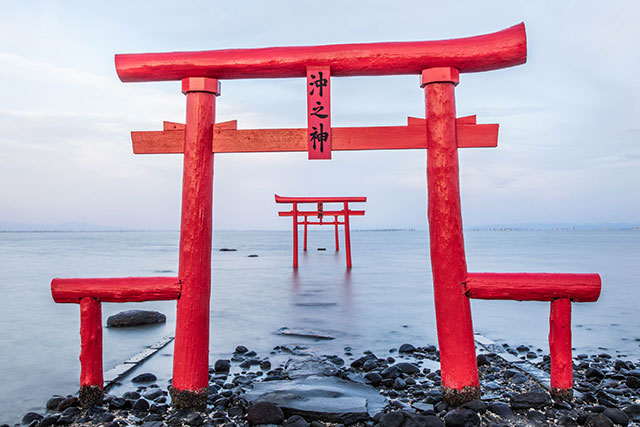
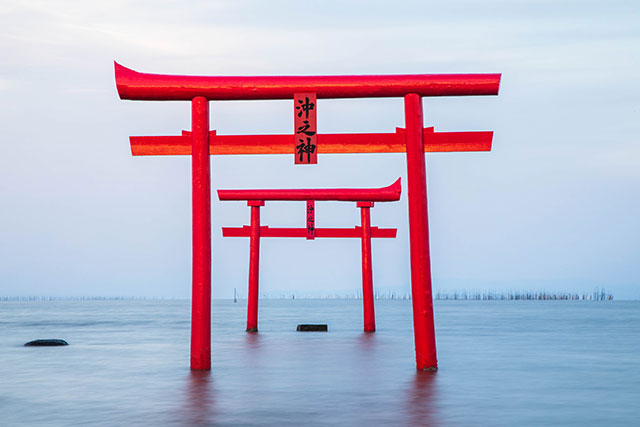
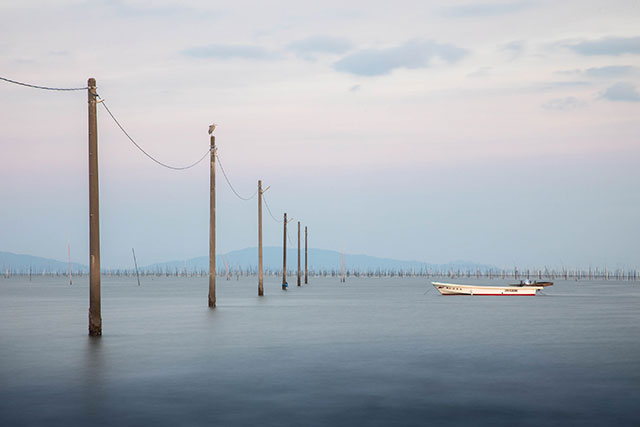
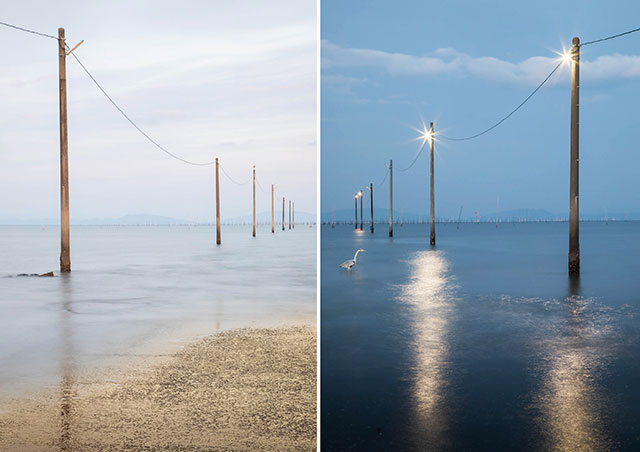

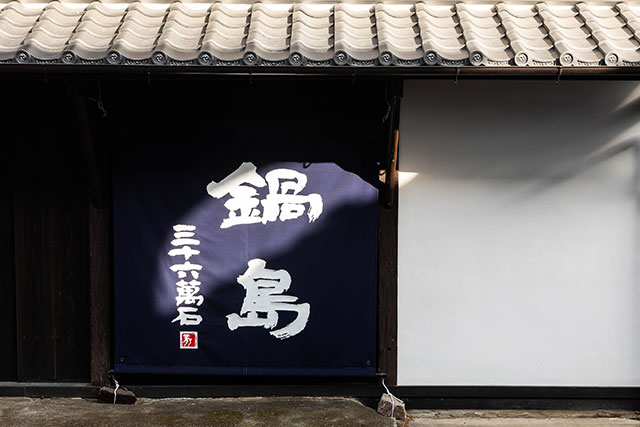
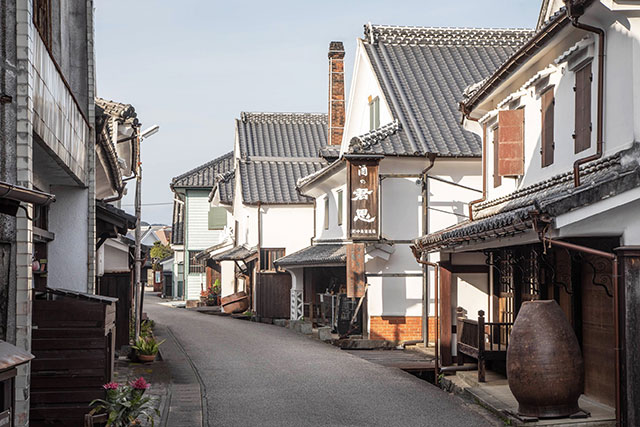
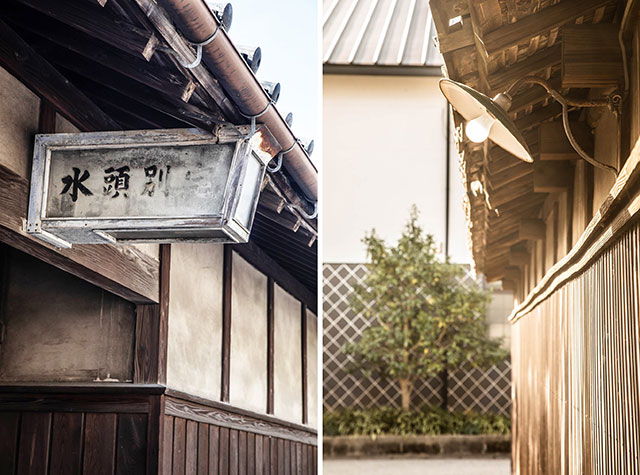

 Go here
Go here

